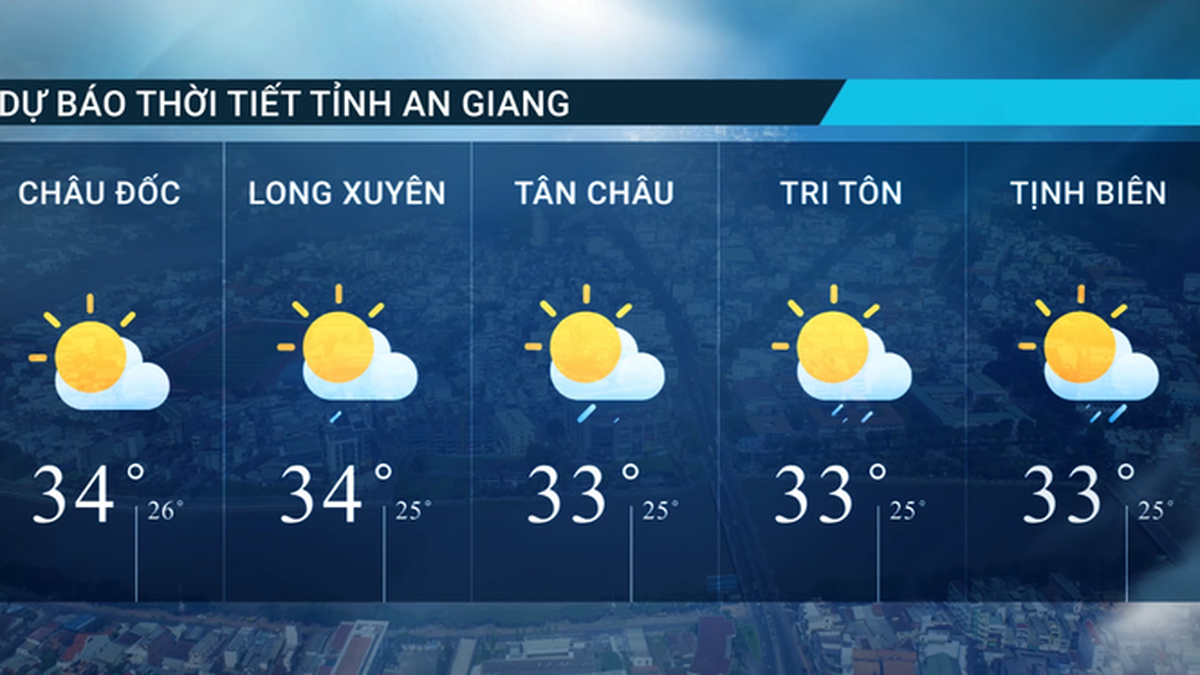Uripiv is a small island off the north coast of Malekula, Vanuatu. It has no electricity, no internet, no cars, and no cold beer. So what makes visitors want to leave?
A simple life is taking place on the small island of Uripiv located in the southwest Pacific Ocean , in Oceania. For many visitors, the landscape here is truly peaceful with small, tree-lined dirt roads connecting the villages on the island, along with houses made of bamboo, wood, and thatched with coconut leaves.

People cook over fires and children run along the beach playing on fishing boats. Locals will be out fishing at any time of the day. On one side of the island, you can see the fiery volcanoes of Ambrym in the distance, while on the other side, visitors can snorkel to see one of Vanuatu’s most beautiful coral reefs.
The island is really small, it only takes about 2 hours for visitors to walk around Uripiv Island. Some visitors will feel strange and even have difficulty adapting when they first arrive because the island has no electricity, no internet... But within 2 days, when being welcomed by the locals, visitors will feel familiar and even not want to leave.
Visitors can cook with the locals, drink kava together, tell stories, learn about the island's history, go fishing, snorkel on beautiful coral reefs, celebrate Easter and meet wonderful people.
What to do on Uripiv Island?
Uripiv Island is surrounded by one of the most beautiful coral reefs in Vanuatu. The reefs are located 5 to 50 meters off the coast of the island. At low tide, you can walk right out onto the reef along the rocks. Uripiv Island is partly protected by a marine reserve. There is a wealth of marine life in the area, including reef sharks, turtles, dugongs, tropical fish, dolphins and even whales.
Watch the volcano
On clear nights you can see the glowing red Ambrym volcano on the horizon. The best place to view the volcano is from Nawov Bungalows.
Walk around the island
Although Uripiv is a small island, only a small part of it is actually inhabited. Much of the northern half of the island is either jungle or fruit plantations. The northern coast also has mangroves where fish and crabs breed. It only takes about 1.5 - 2 hours to explore all sides of the island by walking around the shore at low tide.
Eat with the locals

Don’t be afraid to sit down and eat with a local family on Uripiv Island. Try the local favorite Lab Lab, which is mashed vegetables wrapped in banana leaves and cooked over hot stones. Once cooked, they are soaked in fresh, homemade coconut milk.
Discover the Kastom tradition

Local elder Mark will tell you about the Kastom tradition on Uripiv Island. Like much of Vanuatu, the island was once home to the Kastom culture. The people of Uripiv were cannibals until the missionaries arrived in the 1960s. There are 7 different Nassara tribes on the island. One Nassara no longer exists and the locals are afraid to talk about it.
Kastom stones are scattered throughout the island. Each stone carries a story that has been passed down through the generations. Locals will tell you where these stones mark the sites of cannibalism and other ancient rituals.
Attend church service
Uripiv Island has churches of at least four Christian denominations, including; Presbyterian, Seventh Day Adventist, Neil Thompson Ministry, and Latter Day Saints (Mormons). Christmas and Easter are both major celebrations on the island, as are Saturdays and Sundays most weeks.
Go fishing

Strike up a conversation with a local and they will be happy to take you out to cast a net in a small boat. Fishing with the locals in Vanuatu is an experience you will not soon forget.
Accommodation on Uripiv Island
There is only one guesthouse on Uripiv Island, Nawov Freswind Bungalows. Owner Jacinta has two bungalows located just a 20m walk from the beach. The bungalows are basic with large courtyards filled with pandanus and coconut trees. It gives the guesthouse a real tropical island feel. Here, you won’t be woken up by dogs, roosters, cars or construction, just the sound of birds in the morning and the sound of waves crashing on the reef all day.
(According to 24h, March 29, 2024)
Source
































































































Comment (0)